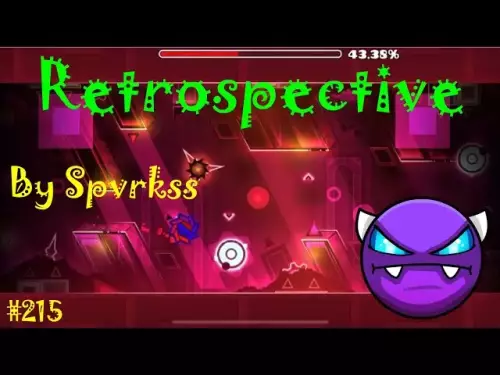-
 bitcoin
bitcoin $108183.343957 USD
1.12% -
 ethereum
ethereum $3953.318181 USD
2.13% -
 tether
tether $1.000758 USD
0.05% -
 bnb
bnb $1102.411872 USD
1.73% -
 xrp
xrp $2.377410 USD
1.30% -
 solana
solana $185.715867 USD
0.05% -
 usd-coin
usd-coin $1.000561 USD
0.08% -
 tron
tron $0.320859 USD
2.39% -
 dogecoin
dogecoin $0.194561 USD
3.07% -
 cardano
cardano $0.647327 USD
2.68% -
 hyperliquid
hyperliquid $37.310392 USD
1.96% -
 ethena-usde
ethena-usde $0.999792 USD
0.04% -
 chainlink
chainlink $17.181017 USD
2.56% -
 stellar
stellar $0.316938 USD
1.13% -
 bitcoin-cash
bitcoin-cash $472.186880 USD
1.35%
The volume falls to the previous low: can the double bottom pattern be established?
The double bottom pattern signals a bullish reversal in crypto markets, confirmed by lower volume at the second bottom and a significant volume increase on breakout.
May 31, 2025 at 12:14 pm
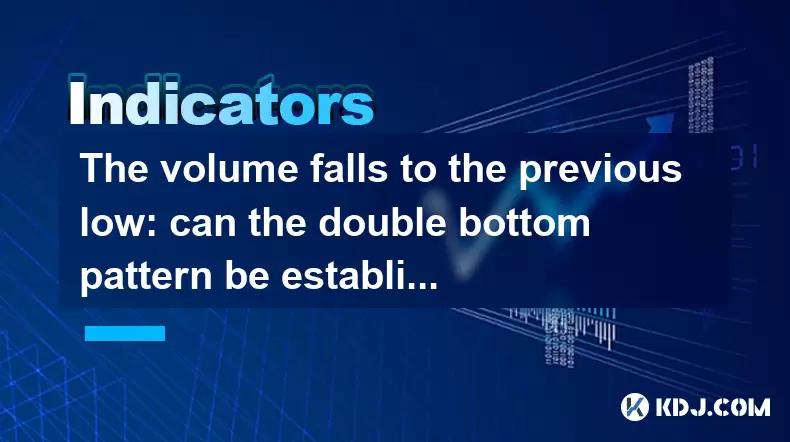
The double bottom pattern is a popular and reliable bullish reversal pattern used by traders in the cryptocurrency market to identify potential trend reversals. This pattern is characterized by the price of an asset reaching a low point, rallying, and then falling again to the same low point before reversing and moving upwards. The key question that many traders ask is whether the volume falling to the previous low can establish a double bottom pattern. Let's delve into this topic to understand the dynamics and requirements for confirming a double bottom pattern in the cryptocurrency market.
Understanding the Double Bottom Pattern
The double bottom pattern forms when the price of a cryptocurrency hits a low point, rebounds, and then falls back to the same low level before eventually rising again. This pattern resembles the letter 'W' on a price chart. The first low point is known as the first bottom, and the second low point, which should be at or near the same level as the first, is called the second bottom. For a double bottom pattern to be considered valid, the second bottom should not significantly exceed the level of the first bottom.
The Role of Volume in Confirming a Double Bottom
Volume plays a crucial role in confirming the validity of a double bottom pattern. Ideally, the volume should show a specific pattern to support the formation of a double bottom. During the formation of the first bottom, volume tends to be high as the price reaches its lowest point. When the price rebounds from the first bottom, volume may decrease. As the price falls to form the second bottom, volume should be lower than it was during the first bottom. This indicates that selling pressure is waning, which is a positive sign for the potential reversal.
When the price begins to rise from the second bottom, volume should increase significantly. This surge in volume confirms that buyers are stepping in with more conviction, supporting the potential for a bullish reversal. Therefore, the volume falling to the previous low can be part of the pattern, but it is not the sole factor in establishing a double bottom.
Analyzing the Volume Fall to the Previous Low
When the volume falls to the previous low during the formation of the second bottom, it suggests that there is less selling pressure than there was during the first bottom. This is an important indicator that the bearish momentum is diminishing. However, the volume falling to the previous low alone is not enough to establish a double bottom pattern. Other factors, such as the price action and subsequent volume increase during the upward move, must also be considered.
Key Indicators to Confirm a Double Bottom
To confirm a double bottom pattern, traders should look for several key indicators in addition to the volume falling to the previous low:
- Price Confirmation: The price should reverse and move above the peak that separated the two bottoms. This peak is often referred to as the neckline.
- Volume Increase on Breakout: When the price breaks above the neckline, there should be a significant increase in volume. This confirms that the breakout is supported by strong buying interest.
- Retest of the Neckline: After breaking above the neckline, the price may retest the neckline level. If the price holds above the neckline during the retest, it further validates the double bottom pattern.
Practical Examples of Double Bottom Patterns in Cryptocurrency
To better understand how the double bottom pattern works in the cryptocurrency market, let's look at a practical example. Suppose Bitcoin (BTC) forms a double bottom pattern on its daily chart. The first bottom occurs at a price of $20,000 with high volume. The price then rallies to $25,000 before falling back to $20,000 again, forming the second bottom with lower volume. If the price subsequently breaks above the $25,000 neckline with increased volume, this would confirm the double bottom pattern.
Trading Strategies Based on the Double Bottom Pattern
Traders can use the double bottom pattern to develop effective trading strategies. Here are some steps to consider when trading based on this pattern:
- Identify the Pattern: Look for the formation of the first and second bottoms at similar price levels.
- Monitor Volume: Ensure that the volume during the second bottom is lower than during the first bottom, and that volume increases significantly when the price breaks above the neckline.
- Set Entry Points: Consider entering a long position when the price breaks above the neckline with strong volume.
- Set Stop-Loss Levels: Place a stop-loss order below the second bottom to manage risk.
- Set Profit Targets: Calculate potential profit targets by measuring the distance from the neckline to the bottom and adding it to the breakout point.
Potential Pitfalls and False Signals
While the double bottom pattern can be a powerful tool for identifying potential bullish reversals, traders must be aware of potential pitfalls and false signals. Sometimes, what appears to be a double bottom may turn out to be a continuation of a downtrend. To mitigate the risk of false signals, traders should:
- Use Additional Technical Indicators: Combine the double bottom pattern with other technical indicators such as moving averages, the Relative Strength Index (RSI), and the Moving Average Convergence Divergence (MACD) to increase the probability of a successful trade.
- Wait for Confirmation: Do not enter a trade based solely on the formation of the second bottom. Wait for the price to break above the neckline with strong volume before entering a position.
- Consider Market Context: Take into account the broader market context and sentiment. A double bottom pattern may be more reliable in a bullish market environment than in a bearish one.
Conclusion and FAQs
In conclusion, the volume falling to the previous low can be a part of the double bottom pattern, but it is not the only factor in establishing its validity. Traders must consider other elements such as price action, volume increase on breakout, and the retest of the neckline to confirm the pattern. By understanding these nuances, traders can better utilize the double bottom pattern to identify potential bullish reversals in the cryptocurrency market.
Frequently Asked Questions
Q1: Can a double bottom pattern form without a significant volume change?A1: While volume is an important confirmation factor, a double bottom pattern can still form without a significant volume change. However, the pattern is considered more reliable when there is a clear decrease in volume during the second bottom and an increase during the breakout.
Q2: How long should the time between the two bottoms be for the pattern to be valid?A2: There is no strict rule regarding the time between the two bottoms, but typically, the pattern should take a few weeks to a few months to form. A longer time frame can increase the reliability of the pattern.
Q3: What are some common mistakes traders make when identifying a double bottom pattern?A3: Common mistakes include entering a trade too early before the breakout, ignoring the volume confirmation, and not considering the broader market context. Traders should wait for all elements of the pattern to align before making a trading decision.
Q4: Can the double bottom pattern be used in conjunction with other chart patterns?A4: Yes, the double bottom pattern can be used in conjunction with other chart patterns such as the head and shoulders, triangles, and flags to increase the accuracy of trading signals. Combining multiple patterns can provide a more comprehensive view of market dynamics.
Disclaimer:info@kdj.com
The information provided is not trading advice. kdj.com does not assume any responsibility for any investments made based on the information provided in this article. Cryptocurrencies are highly volatile and it is highly recommended that you invest with caution after thorough research!
If you believe that the content used on this website infringes your copyright, please contact us immediately (info@kdj.com) and we will delete it promptly.
- Cryptocurrencies, Buy and Hold, and the Sonic Speed of New Meme Coins
- 2025-10-21 02:45:13
- Centralized Exchanges: Crypto's Unwitting Accomplices in Money Laundering?
- 2025-10-21 03:05:12
- Bitcoin, CZ, and Market Cap: Decoding the Crypto Landscape
- 2025-10-21 02:45:13
- CleanSpark: From Bitcoin Mining to AI Data Center Domination?
- 2025-10-21 03:05:12
- Bank Account Tokenization: Paving the Way for Wider Adoption
- 2025-10-21 02:50:01
- Rocketta's RKT Token Oversubscription: A Sign of Strong Market Appetite
- 2025-10-21 02:50:01
Related knowledge
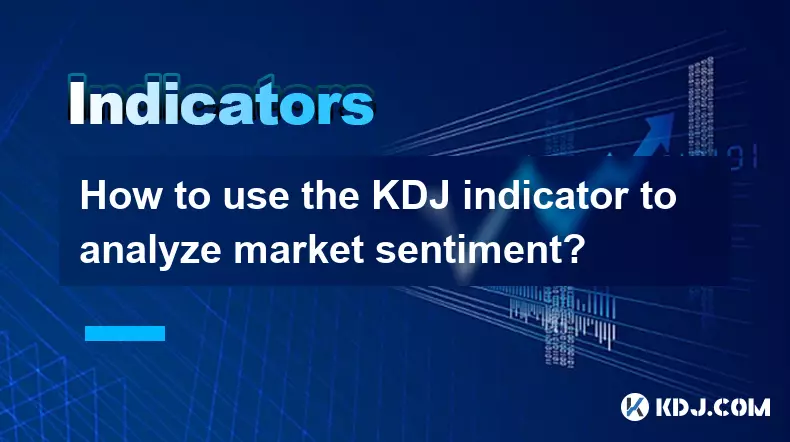
How to use the KDJ indicator to analyze market sentiment?
Oct 18,2025 at 07:18pm
Understanding the KDJ Indicator in Cryptocurrency Trading1. The KDJ indicator, also known as the Stochastic Oscillator, is a momentum-based technical ...
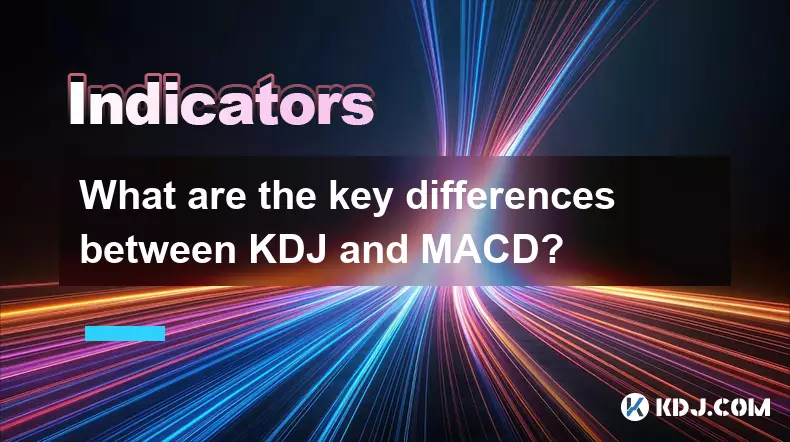
What are the key differences between KDJ and MACD?
Oct 18,2025 at 04:54am
KDJ Indicator: Core Mechanics and Usage1. The KDJ indicator is a momentum oscillator that combines the features of the Stochastic Oscillator with an a...
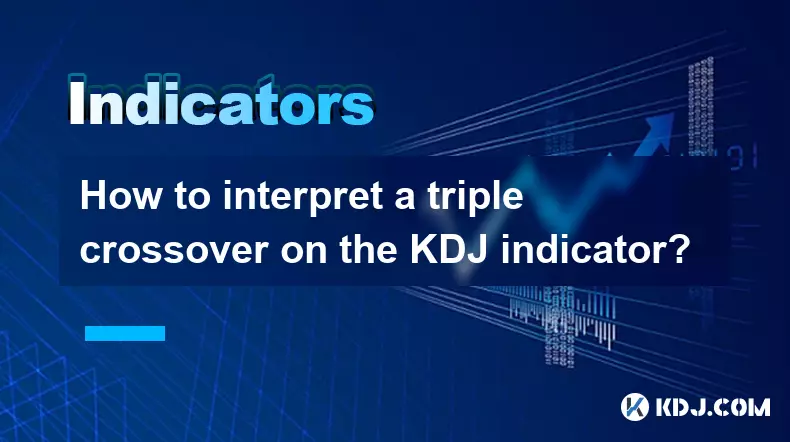
How to interpret a triple crossover on the KDJ indicator?
Oct 18,2025 at 01:54pm
Understanding the Triple Crossover in KDJ Indicator1. The KDJ indicator, a derivative of the Stochastic Oscillator, consists of three lines: K, D, and...

What's the best timeframe for the KDJ indicator?
Oct 20,2025 at 03:01pm
Understanding the KDJ Indicator in Crypto TradingThe KDJ indicator, an extension of the stochastic oscillator, is widely used in cryptocurrency tradin...
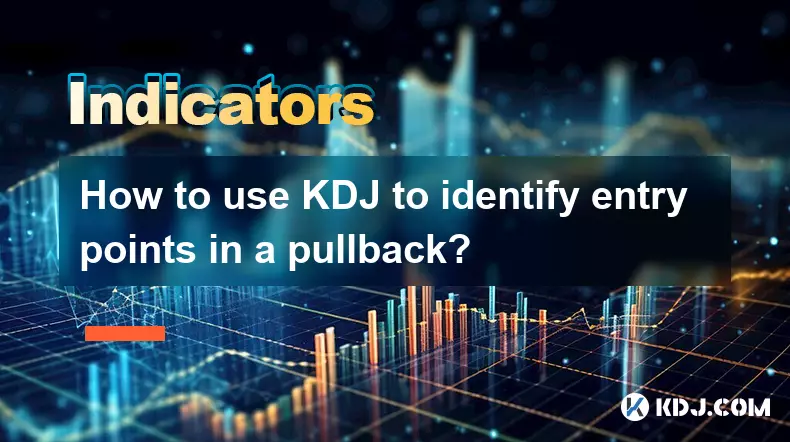
How to use KDJ to identify entry points in a pullback?
Oct 18,2025 at 09:36am
Understanding KDJ in the Context of Pullbacks1. The KDJ indicator, an extension of the stochastic oscillator, consists of three lines: %K, %D, and %J....
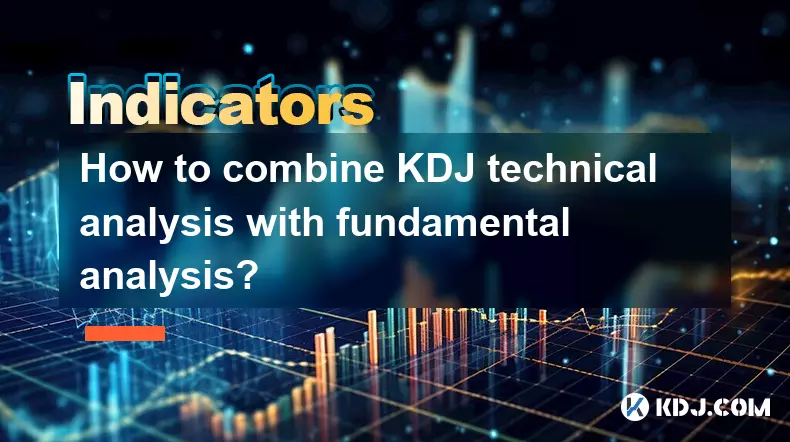
How to combine KDJ technical analysis with fundamental analysis?
Oct 20,2025 at 11:55pm
Understanding KDJ in the Context of Cryptocurrency Markets1. The KDJ indicator, originating from stochastic oscillator principles, is widely used in c...

How to use the KDJ indicator to analyze market sentiment?
Oct 18,2025 at 07:18pm
Understanding the KDJ Indicator in Cryptocurrency Trading1. The KDJ indicator, also known as the Stochastic Oscillator, is a momentum-based technical ...

What are the key differences between KDJ and MACD?
Oct 18,2025 at 04:54am
KDJ Indicator: Core Mechanics and Usage1. The KDJ indicator is a momentum oscillator that combines the features of the Stochastic Oscillator with an a...

How to interpret a triple crossover on the KDJ indicator?
Oct 18,2025 at 01:54pm
Understanding the Triple Crossover in KDJ Indicator1. The KDJ indicator, a derivative of the Stochastic Oscillator, consists of three lines: K, D, and...

What's the best timeframe for the KDJ indicator?
Oct 20,2025 at 03:01pm
Understanding the KDJ Indicator in Crypto TradingThe KDJ indicator, an extension of the stochastic oscillator, is widely used in cryptocurrency tradin...

How to use KDJ to identify entry points in a pullback?
Oct 18,2025 at 09:36am
Understanding KDJ in the Context of Pullbacks1. The KDJ indicator, an extension of the stochastic oscillator, consists of three lines: %K, %D, and %J....

How to combine KDJ technical analysis with fundamental analysis?
Oct 20,2025 at 11:55pm
Understanding KDJ in the Context of Cryptocurrency Markets1. The KDJ indicator, originating from stochastic oscillator principles, is widely used in c...
See all articles























